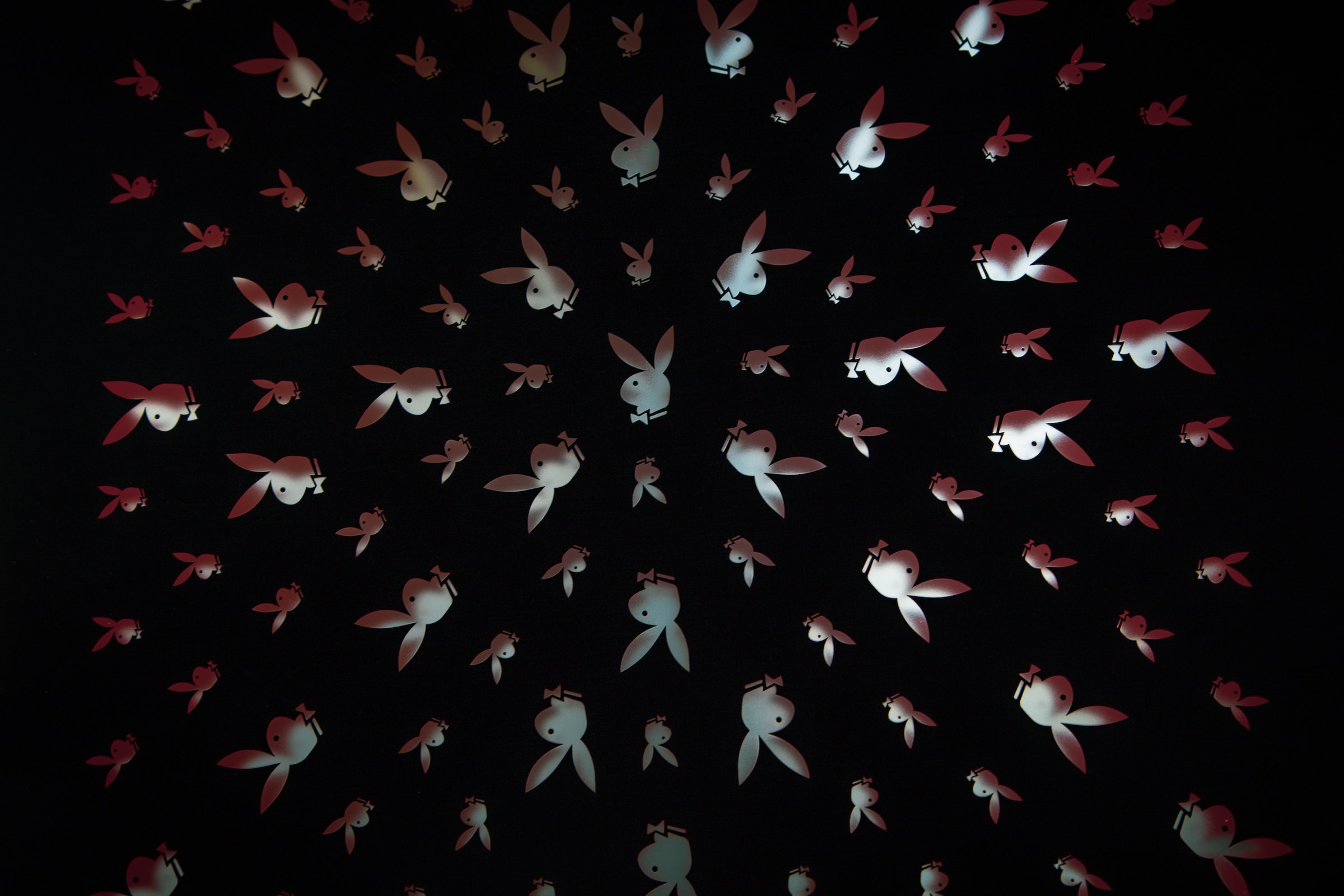
With 2020 seeing a revival of the Playboy logo, Life&Style’s Hannah Robinson explores the implications of this trend and whether it should be seen as degrading or empowering for female sexuality
Trends from the past are constantly being recycled, with some being a lot more tasteful than others (in my opinion, low-rise jeans should remain a thing of the past). But should we be taking into account the history of these trends, even if we are far removed from their origins? In recent years, the Playboy logo has seen a resurgence in popularity, especially amongst young women. This may seem odd to some, who view Playboy as outdated, misogynistic and representative of a history of female oppression, which belongs firmly in the 1950s. But could it instead be seen as a symbol of female empowerment and liberation? Or does it have to mean anything at all?
“Hefner had bigger plans for the magazines than merely satisfying the male gaze
Playboy was founded in 1953 by Hugh Hefner. Despite the problematic premise of Playboy magazines, which were aimed at men and featured scantily clad, nude women, Hefner had bigger plans for the magazines than merely satisfying the male gaze. During a time where sexual liberation, especially feminine sexuality, was frowned upon, Hefner aimed to normalise the discussion surrounding sex and nudity within his magazines. Alongside the nude photos, the magazines featured articles written by highly acclaimed authors writing about highbrow topics such as progressive political issues. In reality, however, the entertainment value gained from the nude photos was the main focus for much of the male-dominated readership. It is also significant that female liberation was defined by men within these magazines.
Feminists throughout the 1960s criticised Hugh Hefner’s magazines, arguing that he was exploiting the women featured for his own financial gain. That said, Hefner’s vision was arguably different to that of other similar magazines at the time, as he attempted to humanise these women. By featuring accompanying photos of their daily lives, he showed them to be real human beings- providing insight into their roles as mothers, daughters and in their jobs as secretaries. This showed that women could still perform their dutiful roles in society yet also embrace their sexuality.
“Arguably, however, the logo has become disassociated with its history
In March 2016, Playboy stopped publishing nude photos, which poses the question, if the magazine is now seen as outdated, why is its logo still so popular? The iconic Playboy trademark, which features a bunny wearing a bowtie, remains fashionable, featured across many different clothing lines. The sexual emphasis placed on the logo when it was first created was deliberate, with Hefner explaining the choice was due to ‘the humorous sexual connotation’ of the rabbit, which is also seen as playful and flirty. He also maintained that the tuxedo added a degree of sophistication. Arguably, however, the logo has become disassociated with its history, now sported by many who consider its trendiness rather than its roots.
In 2018, online fashion brand, Missguided, collaborated with Playboy, releasing a line of clothing featuring the iconic logo and magazine cover images. The collection was popular with many and the logo has since become a popular fashion statement. However, it was also met with a lot of criticism, with people branding it as ‘tacky’ and problematic due to its roots in female oppression and the male gaze. Furthermore, the iconic playboy bunny suit has become a popular ‘sexy’ Halloween costume with the help of Regina George, who wore the outfit in Mean Girls in 2004. Featuring a black bodysuit, fluffy tail and ears, the outfit was worn by women working in Playboy bars and has come to symbolise female sexuality.
It certainly may seem an odd trend, though almost makes sense in an era centred around promoting female liberation and bodily empowerment. But through the purchase of these items are we endorsing the sex industry in which the logo was rooted? Or could the playboy logo be making a feminist statement? Due to its deep-rooted history of female oppression, maybe this is an attempt for 21st century women to reclaim the past, attempting to reshape it on their terms. Thus the logo could be viewed as a symbol of empowerment rather than oppression. Surely any criticism for wearing such outfits suggests we remain stuck in the past, unable to erase traditional ideas of female modesty and censorship.
“Could its current popularity stem from its cute, fun aesthetic?
Or maybe we shouldn’t be reading too far into the logo at all. Many young women, who a lot of the branding is aimed at, are largely unaware of the Playboy history, viewing the logo as a popular trend, a fashion statement and nothing more. Instead of viewing the bunny as a sex symbol, could its current popularity stem from its cute, fun aesthetic?
Ultimately, I like to think that times have moved on from the objectifying and male-oriented culture of these magazines. Although, I think it is hard to ignore the logo’s history when wearing it, and despite being a fashion statement, its roots in female oppression should not be overlooked. By reclaiming the Playboy logo, women are reclaiming the oppression they experienced in the past. We shouldn’t try to erase the past, but rather acknowledge and flip it on its side in order to promote liberation.
Enjoyed this article? We think you’ll love these:
Harry Styles: The So-Called Revolutionary Who is Championing Gender-Neutral Fashion
Maisie Smith: A Strictly Curse on Confident Women?
Comments